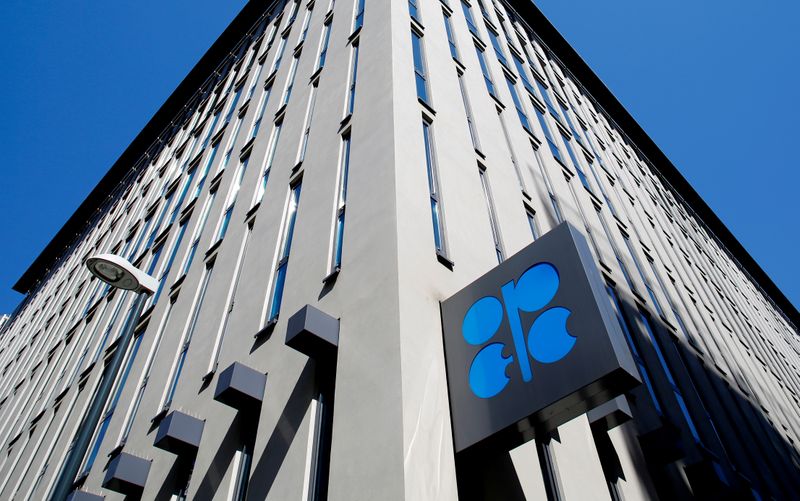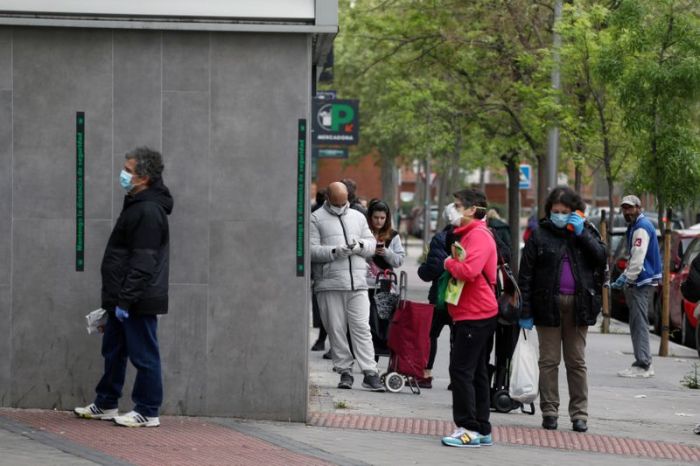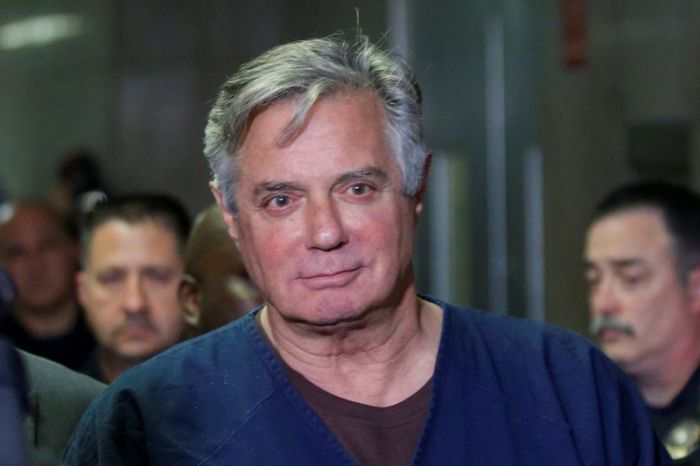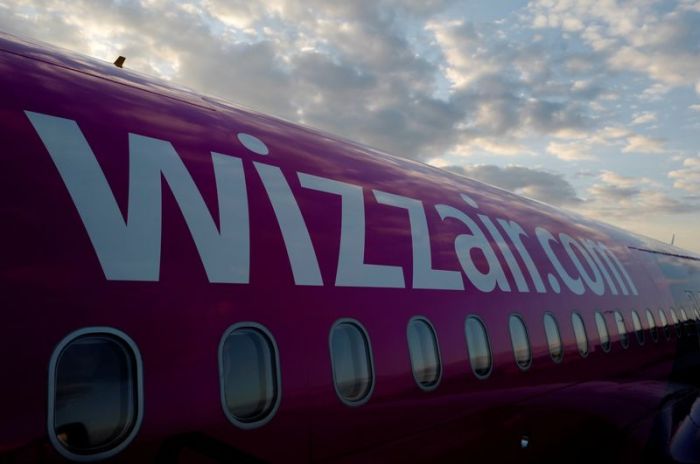LONDON (Reuters) – An unprecedented deal by oil producers to curb supply to match demand hollowed out by the coronavirus pandemic is set to depend partly on purchases by consumer countries for their strategic stockpiles on a scale not before seen.
The Organization of the Petroleum Exporting Countries, along with Russia and other producing countries – a grouping known as OPEC+ – partnered with other oil-pumping powerhouses like the United States for an agreement set to remove a total of around 19.5 million barrels per day (bpd) from the market.
Officials and sources from OPEC+ states indicated the International Energy Agency (IEA), the energy watchdog for the world’s most industrialised nations, may announce purchases of up to several million barrels to buoy the deal.
The IEA requires its 30 member countries to hold strategic petroleum reserves (SPRs), that includes crude and products, equivalent to at least 90 days of net oil imports. However, it has never before performed a coordinated stocks purchase and has no effective mandate to do so, said two industry sources familiar with the process.
“It’s completely down to individual countries,” one of the sources said.
The IEA has in the past announced coordinated stocks releases, like during U.S. Hurricane Katrina and the war in Libya. But never purchases.
The IEA said it would publish its monthly report on Wednesday in which it would provide an update on the latest market developments.
“When (U.S. Secretary of State) Henry Kissinger worked to established the IEA, after the 1973 oil price shock, the goal was to help member states have a secure source of supply,” said Ann-Louise Hittle from Wood Mackenzie consultancy.
“There isn’t a mandate that member nations must buy more for their storage when they are already at the required 90 days worth of oil demand,” she said adding that OPEC+ production cut will have a more significant impact.
Saudi Arabia’s Energy Minister Prince Abdulaziz bin Salman said on Monday that oil purchases into SPRs would reach 200 million barrels over the next couple of months, citing the IEA, while three OPEC+ sources said stocks purchases by IEA countries would reach around 3 million bpd in the next couple of months.
The United States – the world’s biggest oil producer but an even bigger consumer – along with Japan and South Korea have said they could buy oil to replenish reserves.
The U.S. Energy Department said on Tuesday it is negotiating with nine energy companies to store about 23 million barrels of domestically produced oil in its SPR.
Still, such purchases would seem far short of what some producer countries appear to hope for.
ASIA-PACIFIC COUNTRIES
Among oil consumers in the Asia Pacific, India and Australia are planning to increase their strategic reserves while Japan and South Korea have little additional room.
India, associated with the IEA, said it would fill its SPR by the third week of May by moving about 19 million barrels into the sites.
Australia is working on an agreement to buy oil and store it in the U.S. SPR, its energy ministry said over the weekend.
Japan already holds oil reserves equal to 90 days of consumption and has little room to hold more, while its private sector also keeps additional oil reserves, officials from Japan’s Ministry of Economy, Trade and Industry (METI) told Reuters.
Last week, South Korea said it plans to nearly double its SPR purchases this year to 640,000 barrels.
China, also an IEA associate, has made no public comment, although its crude imports are rebounding in April from February as refiners snap up lower-priced oil for stockpiling and are ramping up fuel output as China loosens its lockdown.
“Outside the government reserve stockpiling, which is highly guarded information, commercial reserve managers at national oil firms will only look at the economics and tankage space available to decide the purchases,” said a Beijing-based state oil company official.
He declined to be named as he is not authorized to speak to media.
Some market watchers believe the purchase estimates floated by OPEC+ officials are ambitious but not strictly impossible.
“The U.S. currently has 78.5 million barrels of spare capacity left in its SPR”, Rystad senior oil market analyst Paola Rodriguez-Masiu told Reuters.
“South Korea has some 35 million barrels and Japan about 50 million barrels left, but this is including commercial storage. So, the 200 million barrels figure is feasible, but it will imply that everyone fills tanks to the brim.”
Still, UBS commodities analyst Giovanni Staunovo saw little incentive for developed countries to stock up beyond long-standing agreed levels, noting coordinated stocks purchases would require additional funds at a time of far larger economic problems.
“I am sceptical they will decide to increase those (emergency oil) stocks unless it makes sense from a financial perspective,” Staunovo added.
(Reporting by Dmitry Zhdannikov and Bozorgmehr Sharafedin in London, Yuka Obayashi in Tokyo, Chen Aizhu in Beijing, Jane Chung in Seoul and Sonali Paul in Melbourne; Writing by Noah Browning and Florence Tan; Editing by David Holmes and Marguerita Choy)
























